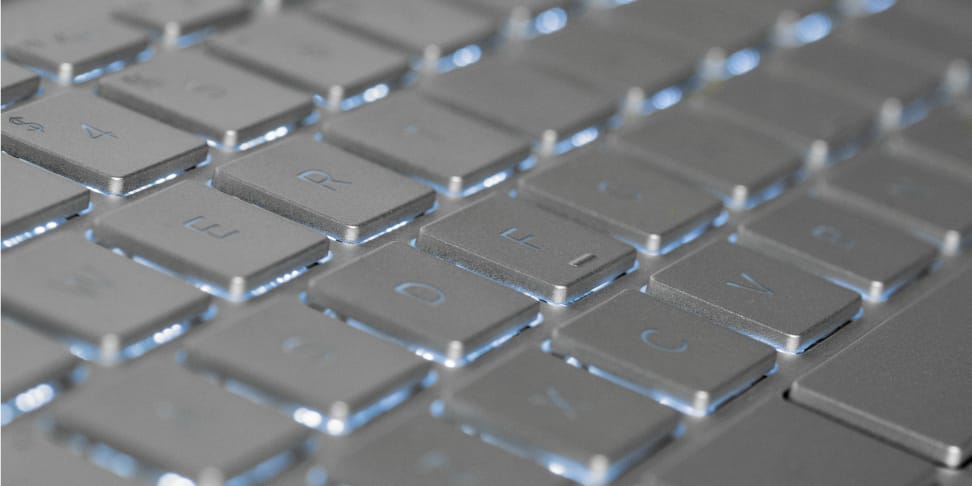
Now it just has to make all of the screens 3:2 aspect ratio.Has anyone else had this problem and fixed it:

But my fingers are crossed that the next HP laptop that comes in for review isn’t saddled with the same old trackpad problems I’ve seen for years. It’s not clear if the company will bring the Precision drivers to existing models, but chances are, it will only use them on new models going forward.

With a finally good trackpad experience, HP’s laptops now have the potential to rocket to the top of many recommendations, as they already offer great performance, eye-catching designs, and impressive battery life. (Sadly, that doesn’t apply to the recently released Spectre x360 15-inch with OLED screen I’m currently testing, which still has the awful Synaptics experience.) The new Envy models are the first consumer HP laptops with Precision drivers (the company has used the superior drivers on its business line for a couple of years now, which made the poor consumer experience even more frustrating), but the company says it plans to bring them to its entire line of products as new models are announced across its various Envy, Spectre, and Pavilion lines. But it never forced laptop makers to use them, and HP was one of the last holdouts that hadn’t implemented Precision drivers. Microsoft developed the drivers itself specifically to address the age-old problem of bad Windows trackpads, and it was largely successful.

Precision drivers have improved the trackpad experience on virtually every machine they are used on, bringing Windows laptop trackpads to a level of performance, reliability, and smoothness that almost matches what Apple’s MacBooks have had for years. Specifically, it is using Microsoft Precision trackpad drivers on its new Envy 13, Envy 17, Envy x360 13, and Envy x360 15 laptops, matching what the rest of the Windows laptop world has offered for years. Today, HP has revealed it is switching to something better. HP has stubbornly stuck with Synaptics drivers on its trackpads, despite many customers and reviewers like myself begging the company to switch to something better. The problem has always been inferior drivers and firmware, which have resulted in poor gesture support, choppy scrolling, bad palm rejection, and all of the other things that make a trackpad frustrating to use. It’s not that the actual hardware in HP’s trackpads is bad - they are large, smooth, glassy multitouch surfaces, just like you’d find on any modern laptop.

But through all of those laptops there has been one constant: terrible trackpads. I’ve tracked how HP’s sharpened its design chops, improved performance and battery life, and invented all new form factors with unique materials. Over the past few years, I’ve had the opportunity to use and review a lot of HP laptops.


 0 kommentar(er)
0 kommentar(er)
